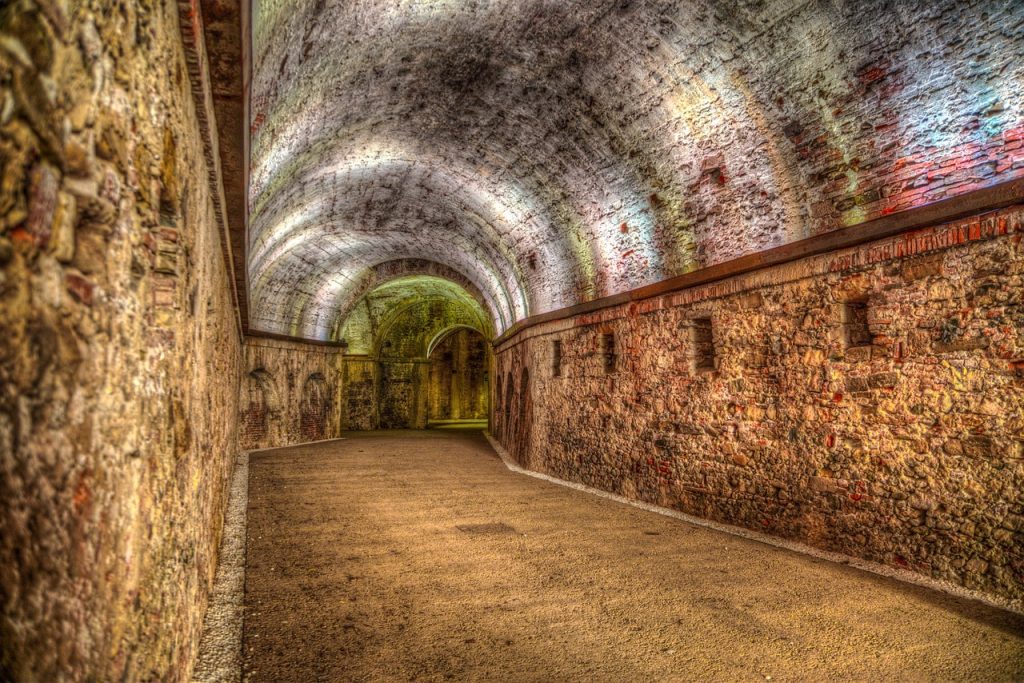Every home tells a unique story. Your coffee-stained kitchen counter, the hand-me-down dresser in the hallway, and even the limestone fireplace all fingerprint a tale of your journey. But what happens when the enduring limestone fixture in your home loses its appeal, victim to the ravages of time and use? How do you rekindle its former grandeur? Where do you even begin when it comes to the labyrinth of restoration tools and products? It can be overwhelming, to say the least. However, don’t distress. Today, I am unravelling the complexities surrounding limestone restoration, walking you through the most fitting tools and products to resuscitate your beloved limestone pieces.
Enter the captivating world of reinstating limestone’s ageless charm. With my helping hand, we’ll explore everything from the practices and procedures to the dos and don’ts of restoration. Together, we’ll delve into the finest details of each tool and product and reveal their role in breathing new life into your limestone fixtures.
In this comprehensive guide, I’ll ensure that by the end, you are well-equipped, ready to reclaim the lost beauty of your limestone fixtures with confidence. So, if you’re ready to bring back the charm your limestone once boasted, let’s embark on this restoration journey together.
Without first understanding what makes limestone unique, we risk inadvertently causing more harm to this delicate material. The evolution of limestone as a sedimentary rock significantly influences its physical nature and how it reacts to different treatments. Knowing the origins and inherent qualities of limestone is crucial; it’s the first stride towards successful restoration.
By nature, limestone is porous, prone to scratches and stains. It’s these very aspects that necessitate a gentle process during restoration. So, how can we best care for our limestone pieces? The answer lies in understanding the optimal tools and products designed specifically for limestone restoration and their proper application.
From understanding the effects of pH on limestone to the role a stone enhancer plays, we navigate you through this maze, laying out the methodologies and their implications, ultimately positioning you to make the best decisions for your limestone restoration project.
Essential Tools and Products for Limestone Restoration
When it comes to limestone restoration, it isn’t about using a one-size-fits-all solution. From stone scrub brushes and polishing pads to pH-neutral cleaners and sealers, each product serves a unique purpose. Choosing the right tools and products is key to effective and safe limestone restoration.
For prepping the surface, a stone scrub brush is perfect for dislodging dirt and grime. Remember, avoiding wire brushes is crucial, as they are known to inflict harm on the delicate limestone surface. Following prepping, a pH-neutral stone cleaner helps to further cleanse. It works gently without interacting with the limestone chemistry.
Once your limestone surface is clean, you may notice some deeper stains. These can often be removed with a poultice/stain remover. After ensuring a thoroughly cleaned limestone piece, we move on to the sealing and polishing steps, which are performed using a limestone sealer and polishing pad.
Sealing, Polishing, and Protecting: Getting the Shine Back
Limestone sealers are of the essence in the restoration process, offering protection from staining, etching and soil build-up. It’s like an invisible shield that guards the limestone from untoward intruders. But how does one apply it?
For an evenly distributed layer, using a lambswool applicator is often recommended. Don’t rush this process. A slow, methodical application allows the sealer to penetrate well. An added tip to remember: it’s not about quantity but rather how efficiently it’s used.
Once the sealer has set and dried (a process that likely takes 24 hours), the final restoration step involves polishing. Here is where the polishing pad comes in. Equipped with diamond particles, it smoothly grinds and buffs your limestone surface, reclaiming its once shiny, attractive appearance.
Factors to Consider in Limestone Restoration
The beauty of limestone lies in its variety; no two pieces are alike due to its expansive range of colours and textures. Therefore, considering your specific limestone is pertinent to choosing the right products and techniques.
From finishes that reveal its natural pores to smoother honed surfaces, your journey to restoring limestone should consider all these factors. Understand what factors contribute to different results and carefully select products and tools that are harmonious with your desired outcome.
Always remember that haste makes waste, especially in limestone restoration, so make sure to take your time, test small areas, and maintain patience throughout this meticulous process.
The Do’s and Don’ts of Limestone Restoration
Limestone restoration is an art, requiring a certain degree of patience, finesse, and attention to detail. With every piece of art, there are do’s and don’ts. For instance, while you may be tempted to use a strong acid or alkali cleanser, avoid this at all costs – they cause irreparable harm.
Do test out products and tools on a small, inconspicuous section of your limestone before full application. Don’t neglect protective gear; gloves, masks and goggles are necessary safety tools when carrying out restoration. Lastly, do your research and choose your tools and products wisely.
In conclusion, limestone restoration is undoubtedly a task that requires consideration, knowledge, and the right tools and products. It necessitates understanding the nature of this delicate stone and treating it accordingly for successful restoration. It involves a delicate dance of prepping, cleaning, sealing, and polishing your limestone to bring back its charismatic appeal. Always being mindful of the factors that can influence results, alongside the do’s and don’ts of restoration.
With this comprehensive guide, I trust you are now well poised to embark on your limestone restoration project. As you progress, remember that each step is a vital stitch to the woven tapestry that is your beautifully restored limestone piece. Travel this journey with patience and knowledge, and watch your limestone pieces regain their glorified charm and versatility. Here’s to newfound resilience and loveliness in your limestone treasures!


